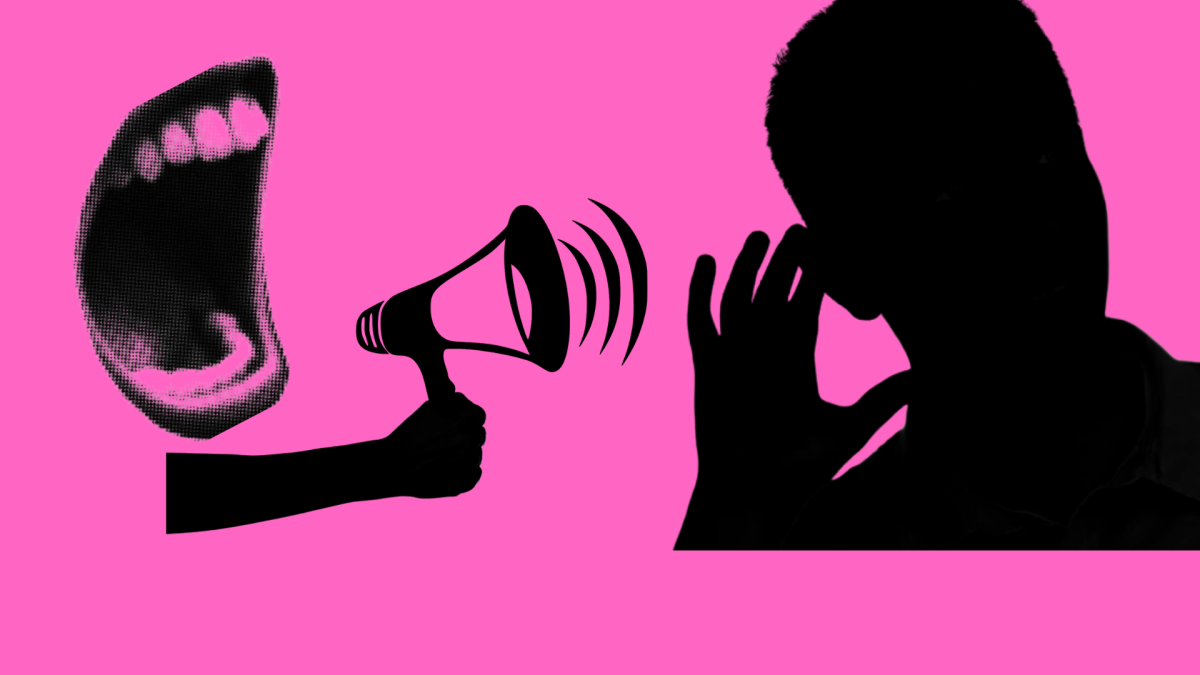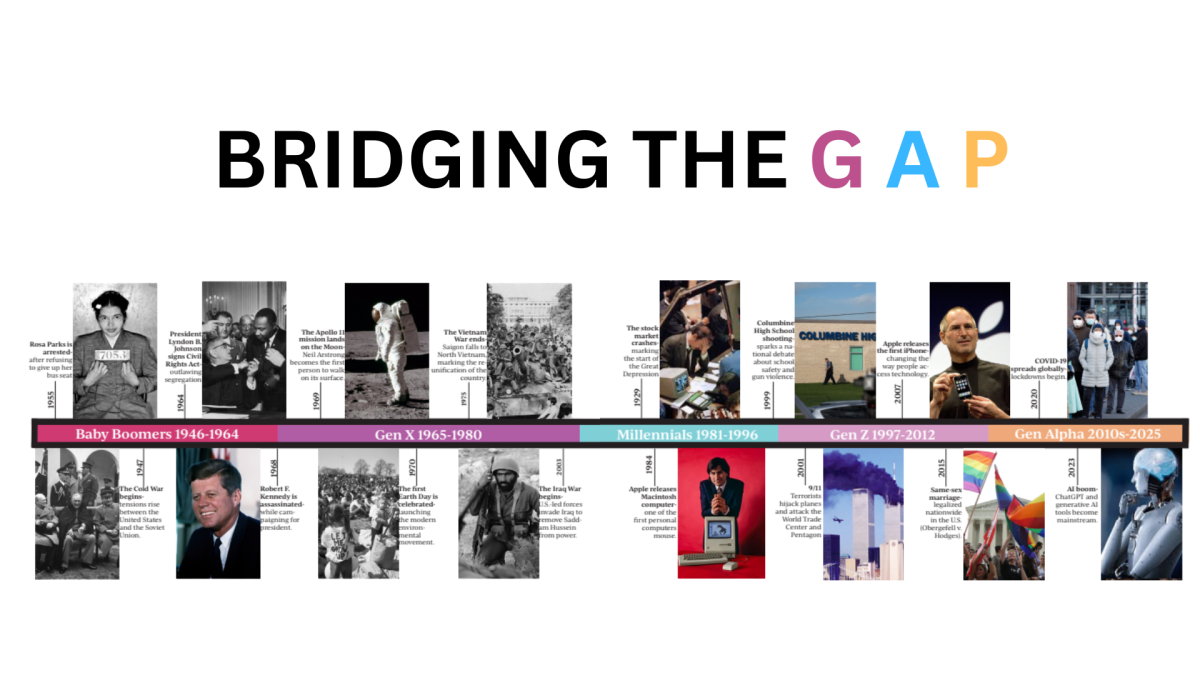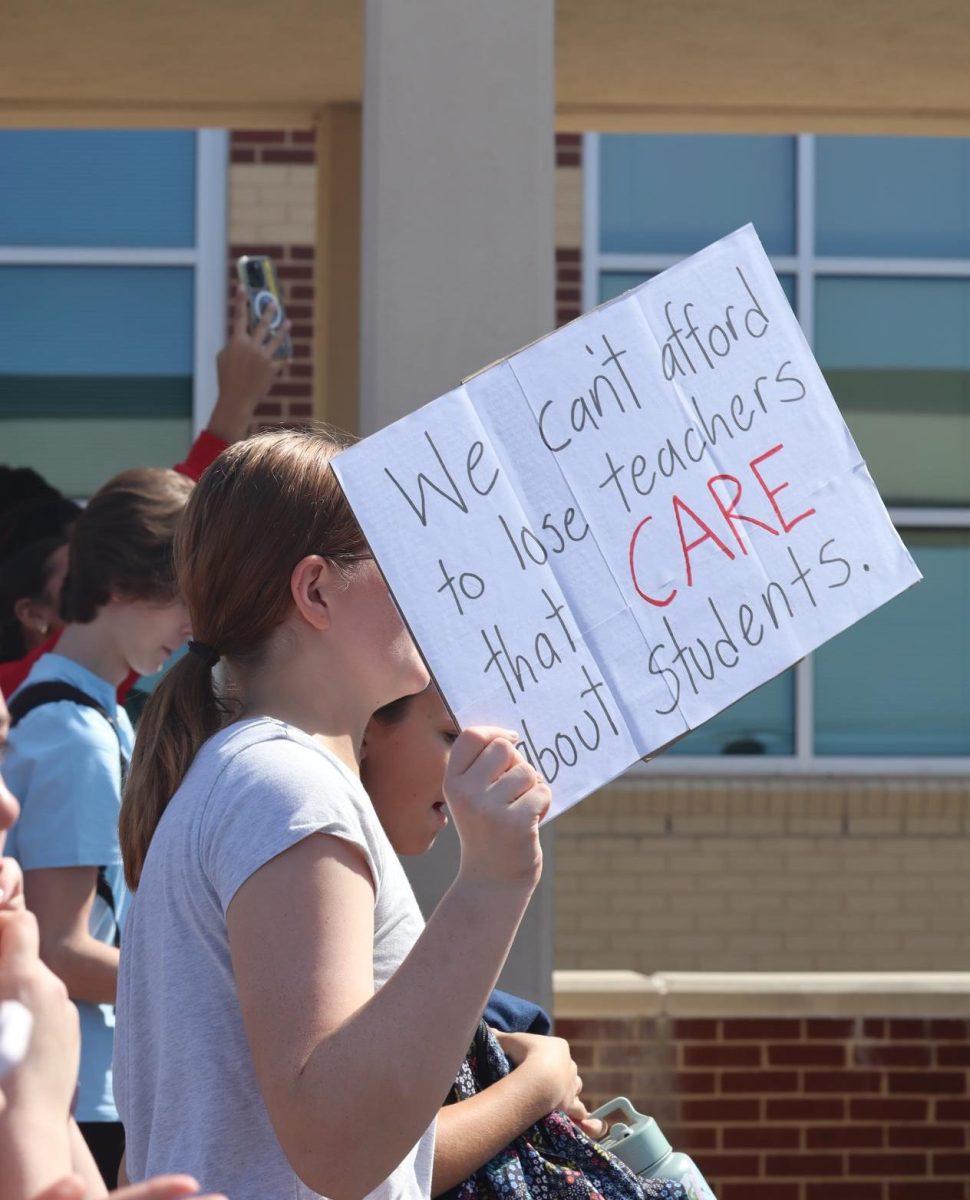Political violence has been an issue of greater relevance around the country over the past two years. In that span, the nation has witnessed two assassination attempts on President Donald Trump, the assassination of a Minnesota Democratic lawmaker and her husband, the assassination of conservative activist Charlie Kirk, and most recently, the Dallas ICE shooting.
According to Princeton University’s Bridging Divides Initiative, over 600 incidents of threats and harassment against local elected officials were recorded – a 74% increase from 2022.
However, divisive political rhetoric has continued to promote a message of retaliation rather than condemning the acts themselves. At Charlie Kirk’s memorial service last week, President Donald Trump disregarded memorializing Kirk in favor of promoting a message of persecuting his political opponents. “He did not hate his opponents,” Trump said. “That’s where I disagreed with Charlie. I hate my opponents.”
Speculation about the political identification of attackers in the media has led to further divisions within the country’s political parties. In a recent report by the Center of Strategic and International Studies (CSIS), researchers found that right-wing terrorism incidents in the U.S. declined in the first half of 2025, while left-wing political violence rose.
The researchers suggested the drop in right-wing terror instances may have been in part because of Trump’s 2024 election win, a peaceful transition of power – unlike the 2020 election where Trump falsely claimed the election was stolen and urged his supporters to “fight like hell”.
“Trump’s victory temporarily ended many concerns about a Democrat-orchestrated ‘stolen election,’ a leading conspiracy that motivated many extremists in the past,” the study says.
In addition, Trump’s use of executive power in relation to the first amendment has raised concerns. His efforts to deploy over 200 National Guard troops to Portland during anti-immigration protests infringes upon citizens’ first amendment right to petition peacefully and has been justified by the President claiming ICE facilities in the city are ‘under attack’.
Despite weaponizing the first amendment, Trump has criticized others using their freedom of speech, including Jimmy Kimmel, a late-night television host recently reinstated on the air after his late-night show was canceled for nearly a week. Kimmel was taken off the air after comments he made that Trump and his supporters were attempting to use the Charlie Kirk assassination for ‘political points’.
In his opening monologue which spanned over 15 minutes, Kimmel defended his comments claiming that they were taken out of context. “I don’t think the murderer who shot Charlie Kirk represents anyone. This was a sick person who believed violence was a solution. And it isn’t — ever,” Kimmel said.
The politicalization of Kimmel’s comments mirrors the growing polarization within the country, with a 2024 Gallup study polling Americans’ ideological identification polled 37% as conservative or very conservative, 25% as liberal or very liberal, and 34% as moderate, new highs in percentages of Republicans identifying as conservative and Democrats as liberal.
This also reflects a decline from 1992 when 43% of Americans identified as moderate. Increasing ideological separations between parties makes it harder for elected officials to work across party lines and appear unified in government, which we can see reflected in the American populace.
Misinformation, the spread of unverified information and disinformation, and information purposely meant to confuse or misinform the consumer have contributed to these divides. Social media platforms, specifically TikTok, have become major news sources. A new study from Pew Research Center shows that 1 in 5 Americans now regularly get news from TikTok, up from just 3% in 2020. In adult users, the percentage has climbed from 22% in 2020 to 55% today. The danger lies in the rapid diffusion of content by unqualified individuals as uninformed audiences consume information perpetuating a cycle of political noise.
This is accentuated by the emergence of AI-generated content which continues to advance making it harder to distinguish between what is real or false. In 2024, researchers at New York University and Public Circle Research reviewed over 400 studies related to instances of political violence and found social media is “exploited to facilitate political intimidation and violence”, however, “these conclusions are quite different from saying that social media alone causes political violence.
The rise in political violence can be attributed to a variety of factors including divisive language, ideological differences and the rapid spread of misinformation, but solving the issue lies in protecting our citizens from persecution based on their political beliefs and protecting the country as a democracy.








